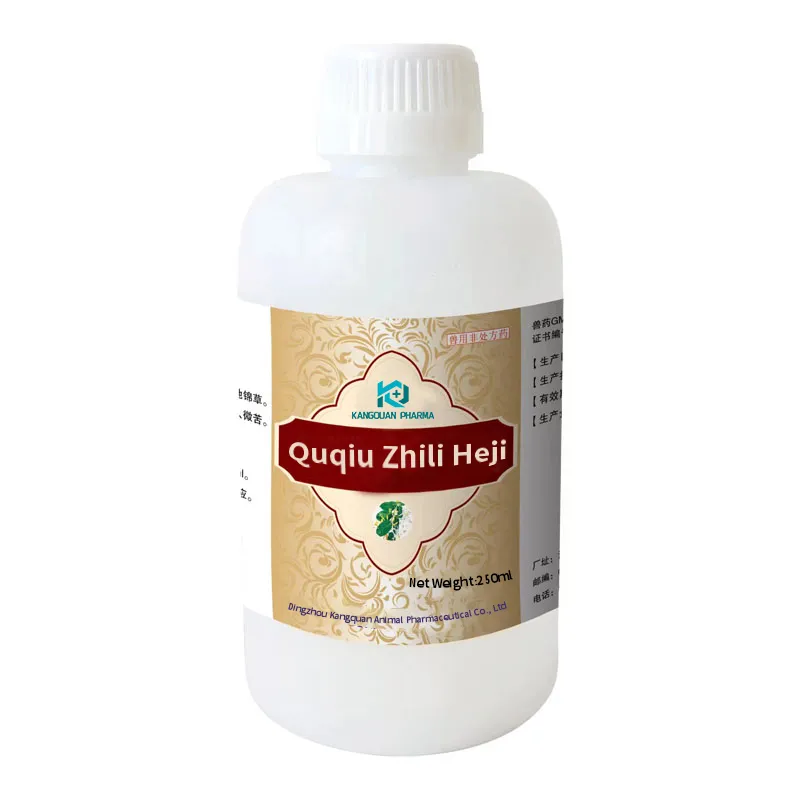- Afrikaans
- Albanian
- Amharic
- Arabic
- Armenian
- Azerbaijani
- Basque
- Belarusian
- Bengali
- Bosnian
- Bulgarian
- Catalan
- Cebuano
- Corsican
- Croatian
- Czech
- Danish
- Dutch
- English
- Esperanto
- Estonian
- Finnish
- French
- Frisian
- Galician
- Georgian
- German
- Greek
- Gujarati
- Haitian Creole
- hausa
- hawaiian
- Hebrew
- Hindi
- Miao
- Hungarian
- Icelandic
- igbo
- Indonesian
- irish
- Italian
- Japanese
- Javanese
- Kannada
- kazakh
- Khmer
- Rwandese
- Korean
- Kurdish
- Kyrgyz
- Lao
- Latin
- Latvian
- Lithuanian
- Luxembourgish
- Macedonian
- Malgashi
- Malay
- Malayalam
- Maltese
- Maori
- Marathi
- Mongolian
- Myanmar
- Nepali
- Norwegian
- Norwegian
- Occitan
- Pashto
- Persian
- Polish
- Portuguese
- Punjabi
- Romanian
- Russian
- Samoan
- Scottish Gaelic
- Serbian
- Sesotho
- Shona
- Sindhi
- Sinhala
- Slovak
- Slovenian
- Somali
- Spanish
- Sundanese
- Swahili
- Swedish
- Tagalog
- Tajik
- Tamil
- Tatar
- Telugu
- Thai
- Turkish
- Turkmen
- Ukrainian
- Urdu
- Uighur
- Uzbek
- Vietnamese
- Welsh
- Bantu
- Yiddish
- Yoruba
- Zulu
7 月 . 28, 2024 10:43 Back to list
Guidelines for Administering Tylosin Dosage to Poultry for Optimal Health and Growth
Tylosin Dosage for Poultry An Overview
Tylosin is a macrolide antibiotic commonly used in veterinary medicine, particularly in the poultry industry. It is primarily utilized for controlling and preventing infections caused by certain bacteria in chickens and other poultry species. The suitability of tylosin for poultry arises from its effectiveness against various respiratory and enteric diseases, which can significantly impact bird health and productivity. This article provides an overview of tylosin dosage for poultry, highlighting its applications, benefits, and important considerations for use.
Understanding Tylosin
Tylosin works by inhibiting protein synthesis in bacteria, which ultimately leads to the cessation of bacterial growth and the elimination of infections. It is particularly effective against pathogens such as *Mycoplasma*, *Clostridium*, and certain strains of *Escherichia coli*. As a result, it is often prescribed for treatments involving respiratory diseases, enteritis, and certain forms of bacterial pneumonia in poultry.
Dosage Guidelines
The dosage of tylosin in poultry can vary based on several factors, including the type of poultry, the purpose of treatment, the specific disease being addressed, and the formulation of the drug. Generally, a common dosage range for tylosin in chickens is between 10 to 50 mg per kg of body weight per day. It can be administered for a duration of 3 to 14 days, depending on the severity of the infection and the veterinary recommendation.
For turkeys, the recommended dosage may also range from 10 to 50 mg/kg, but adjustments may be required based on specific conditions and veterinary guidance. It is crucial for poultry producers to have regular consultations with a veterinarian to determine the appropriate dosage for their flock and to monitor their health.
Methods of Administration
tylosin dosage for poultry

Tylosin can be administered through various routes, including water medication, feed additives, or injections. The most common method is through drinking water, which allows for easy administration and ensures that all birds receive the necessary dosage. When using tylosin in feed, it is essential to mix it thoroughly to ensure uniform distribution, as uneven dosage can lead to subtherapeutic levels in some birds, allowing infections to persist.
Benefits of Tylosin in Poultry Farming
Using tylosin as part of a comprehensive health management program offers multiple benefits. It not only helps in controlling bacterial diseases but also supports overall flock health, which can lead to improved growth rates and feed conversion ratios. Healthy birds are less likely to suffer from stress-related conditions, ultimately enhancing production efficiency and profitability for poultry farmers.
Considerations and Precautions
While tylosin is a valuable tool in poultry health management, careful consideration and adherence to dosage guidelines are vital. Overuse or misuse of antibiotics can lead to resistance, rendering them ineffective against bacterial infections. Therefore, it is important to apply tylosin judiciously and to follow veterinary recommendations closely.
Additionally, producers should maintain accurate records of tylosin usage and monitor the health and performance of their flocks. Regular consultation with a veterinarian can help in assessing the treatment plan and making necessary adjustments based on the birds' health status.
Conclusion
Tylosin is a crucial antibiotic in poultry medicine, providing effective solutions for managing bacterial infections in flocks. By following proper dosage guidelines, utilizing the appropriate administration methods, and consulting with veterinary professionals, poultry farmers can enhance their birds' health and improve their production outcomes. As the focus on animal health and welfare continues to grow, responsible antibiotic use remains essential in maintaining both flock health and the broader poultry industry.
-
The Power of Radix Isatidis Extract for Your Health and Wellness
NewsOct.29,2024
-
Neomycin Sulfate Soluble Powder: A Versatile Solution for Pet Health
NewsOct.29,2024
-
Lincomycin Hydrochloride Soluble Powder – The Essential Solution
NewsOct.29,2024
-
Garamycin Gentamicin Sulfate for Effective Infection Control
NewsOct.29,2024
-
Doxycycline Hyclate Soluble Powder: Your Antibiotic Needs
NewsOct.29,2024
-
Tilmicosin Premix: The Ultimate Solution for Poultry Health
NewsOct.29,2024













